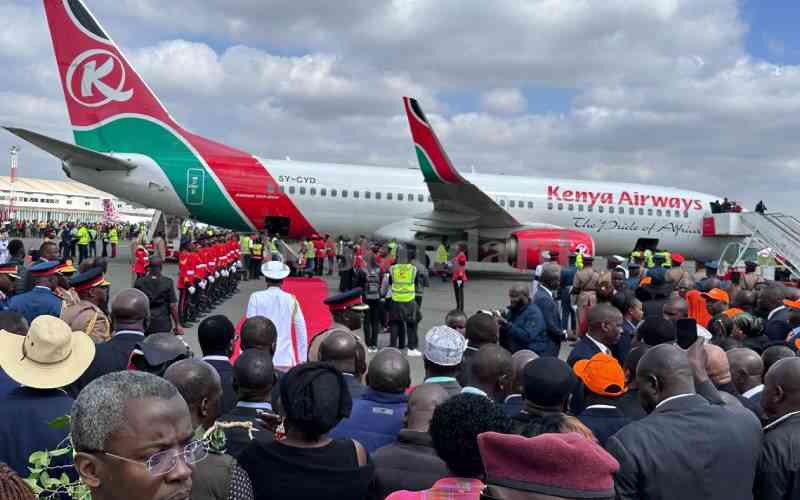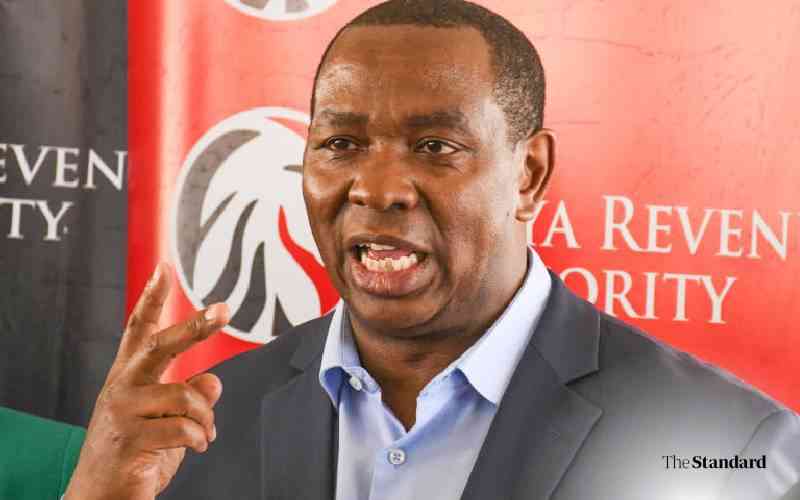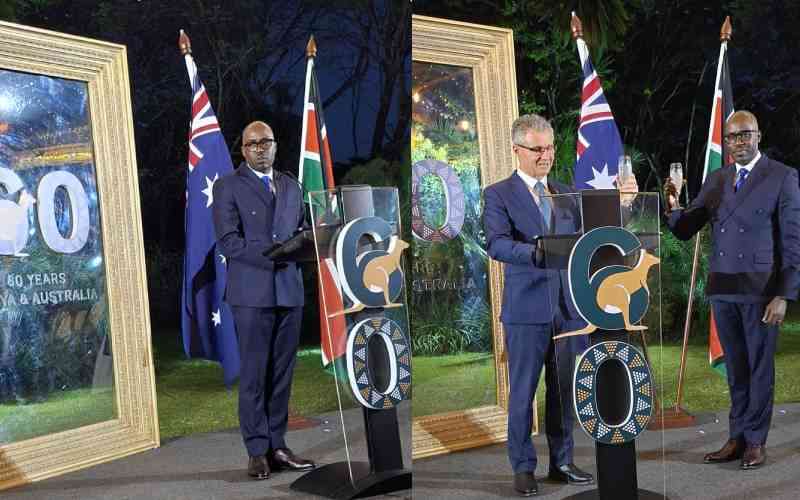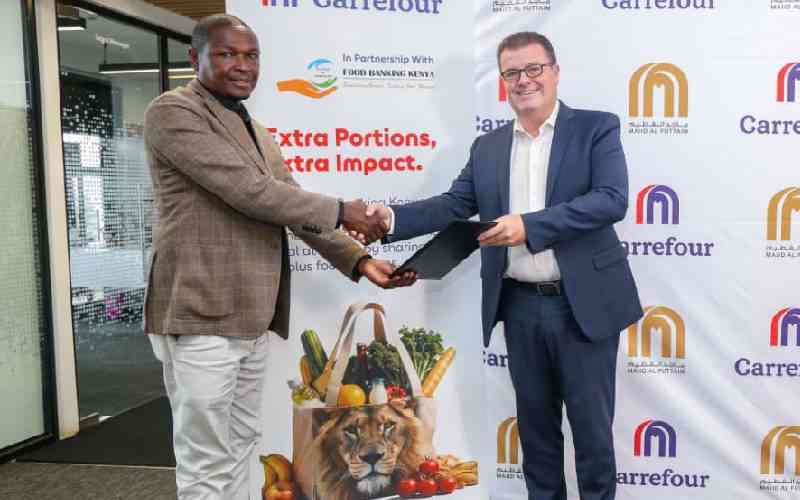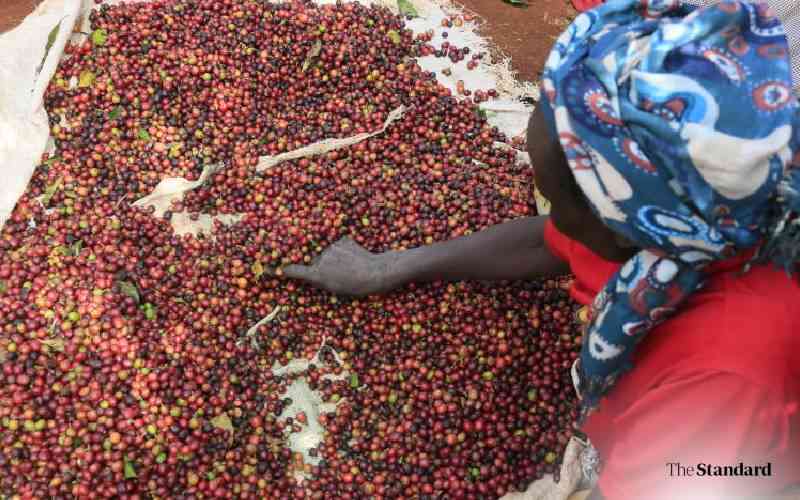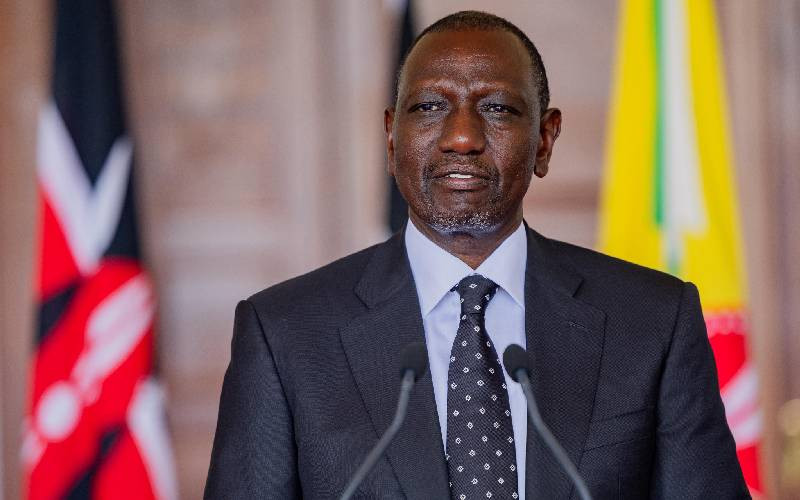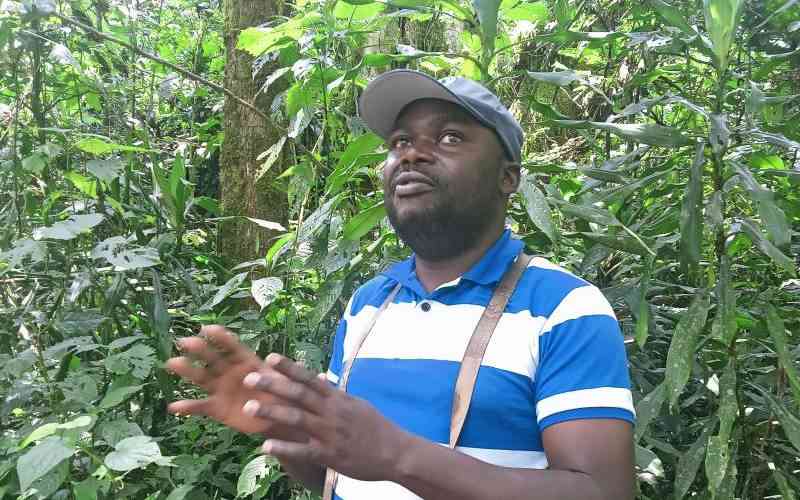
Governor Fernandes Barasa has called on the national government to hand over the management of the Kakamega Tropical Rainforest.
Barasa said this would lead to better conservation, improved tourism revenue, and community involvement.
“As a county we have the capacity and commitment to sustainably manage the unique rainforest ecosystem which is the only tropical rainforest in Kenya,” he said when he led officials in a 10km marathon and tree planting from Khayega to Isecheno Forest area in Shinyalu constituency.
Vihiga Governor Wilber Ottichilo, who chairs the Environment and Climate Change Committee at the Council of Governors, encouraged the youth to lead in environmental conservation.
The exercise also saw the marathon winners receive awards in both the male and female categories after which all members of the county executive, partners, key stakeholders and residents planted over 1,000 trees.
“This forest is not just a natural heritage of Kakamega, but a national treasure that has been underutilised. Just like other counties that manage national parks, we believe Kakamega should take charge of its own forest,” he said.
Vihiga Governor, who is also the Chair of the Environment and Climate Change Committee at the Council of Governors, Wilber Ottichilo encouraged the youth to take lead in environmental conservation. He addressed the athletes and residents atthe Shihuli trade center, the starting point of the 10 kilometer race.
Deputy Governor Savula echoed the sentiments, noting that counties such as Narok and Kajiado successfully manage critical ecosystems like the Maasai Mara Game Reserve.
Savula said a similar model can be applied in Kakamega to ensure both ecological preservation and economic empowerment of local communities.
“Why should Kakamega Forest remain under centralized management yet we want to conserve this forest while ensuring our people benefit from eco-tourism, research, and green jobs,” Savula said.
He added that residents should be allowed to take advantage of natural products in the forest like indigenous roots alias ‘mukombera’, and also promote local tourism involving unique bird, ape, snake and insect, among other species found in the forest.
The leaders argued that the Kenya Forest Service (KFS), which currently oversees the rainforest, has not adequately engaged the local community or promoted the forest's tourism potential, and proposed a collaborative framework where the county government takes the lead, supported by national institutions and conservation partners.
Kakamega Forest, covering approximately 238 square kilometers, is home to rare and endangered species of flora and fauna, including the De Brazza’s monkey and hundreds of bird species.

